Located along Gentilly Boulevard in what is now a central location, for one hundred and two years, Mount Olivet Cemetery has been a burial place for black New Orleanians from all walks of life. Unlike the city’s older cemeteries, which are either sectarian or municipally-owned, Mount Olivet was chartered on 6 March 1918 as a for-profit business. The Gentilly area, which houses Mount Olivet, was still home to several large undeveloped tracts of land in the early 20th century. When Mount Olivet was established, the St. John Berchmans Orphanage would not be completed for another seven years and it would be fifteen years before the cornerstone was laid for neighboring Dillard University. Mount Olivet Cemetery was named for ‘Mount Olivet’ or the ‘Mount of Olives,’ so frequently mentioned in the Bible, which has been used as a Jewish burial place for over 3,000 years.
Real estate developers initially planned for two cemeteries along Gentilly Boulevard. The firm of Baccich & deMontluzin, who laid out the Gentilly Terrace subdivision, had plans to create the “Rose Hill Burial Park” on what is now the site of Dillard University. Following the Forest Lawn model pioneered by Hubert Eaton in Los Angeles, Rose Hill was intended to be a “burial park” rather than a cemetery, with extensive landscaping and ‘perpetual care’ built into the sale price of each grave. Rose Hill Burial Park never materialized although, according to local legend, at least one body from a local hospital was interred there to avoid paying property taxes.
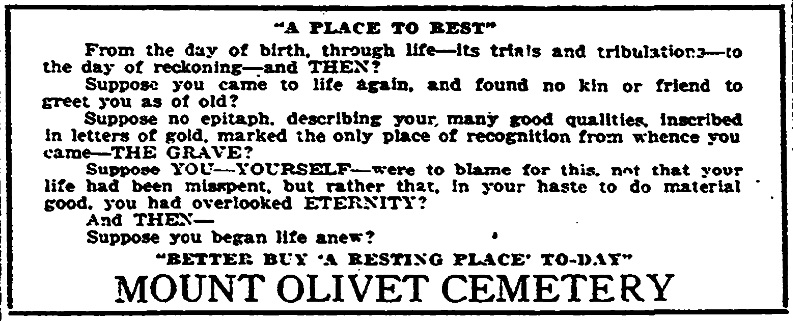
Early Advertisement for Mount Olivet
The investors in Mount Olivet, led by Board president Hunter C. Leake, purchased the Zagame and Aurianne tracts to serve as the new cemetery. Unlike Rose Hill, which was marketed toward the well-to-do, plots in Mount Olivet were sold at reasonable prices, beginning at fifty dollars. Advertisements were placed in the local papers appealing to working-class individuals, urging them to secure “a place to rest.” The primary face of the cemetery in those early years was J. Henry Blache, the veteran real estate salesman, who sold the plots from his office on Carondelet Street.
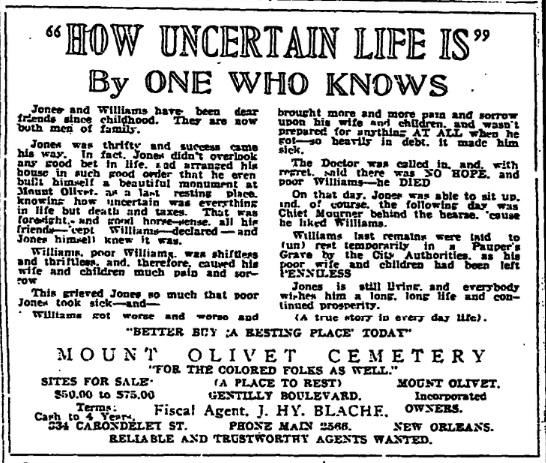
Early Advertisement for Mount Olivet
The first burials began in the spring of 1918. The cemetery was so new and located in such an unfamiliar location that early obituaries included directions advising mourners as to which streetcar line to take.
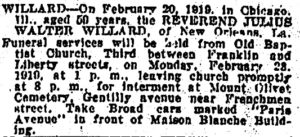
Obituary for the Reverend Julius Walter Willard, buried in Mount Olivet eight months after it opened; advising mourners to take the Broad streetcars marked “Paris Avenue.”
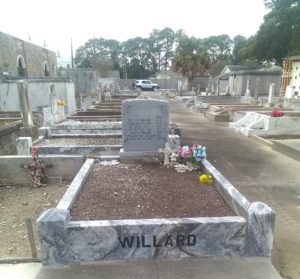
Willard Plot, including Rev. Julius Walter Willard and Hon. Elliot “Doc” Willard
Recently, some of the writers here at CreoleGen made three visits to Mount Olivet, surveying the historic burial ground for familiar and unfamiliar names as well as interesting graves. The “cemetery” portion of Mount Olivet, which is accessed via Warrington Drive or Norman Mayer Avenue consists primarily of copings with a number of family tombs and a few society tombs interspersed throughout. There are also a very few in-ground burials in plots where copings or tombs were not built.
Directly in front of the cemetery is the one-story ‘Garden Mausoleum,’ which was built in 1971. The larger multistory mausoleums which make up the front of Mount Olivet are expansions which began in 1982, 1985, and most recently in 2000. The Mount Olivet Company, Inc. was sold to the Stewart Family (which later operated under the business title Stewart Enterprises) in 1943. Stewart Enterprises was sold to Service Corporation International (SCI) in 2013. SCI is currently the largest funeral service provider in the country.
Below is presented a sampling of the graves in Mount Olivet. There are several notable individuals buried there whose names have previously appeared in posts on CreoleGen. There are also several families whose names would be familiar to our readership. Special attention was given to society copings and society tombs, including what may be the largest plot in the cemetery, the so-called “Arabian Plot,” which includes several New Orleanians of Middle-Eastern origin. There are at least three black Civil War veterans buried in the cemetery. Some graves have been featured because of their unique design or size, for example, the imposing Lawless Tomb, which towers over the cemetery’s east-west roadway. We hope that this photographic journey through Mount Olivet will be an interesting foray into one of New Orleans’ famed “cities of the dead.”
In most instances, you can click the picture to see a larger image.
Sources: The Herald (New Orleans), 21 March 1918, p. 12; The Times-Picayune, 19 May 1918, p. B-16; 24 March 1919, p. 2; 14 March 1918, p. 9; 12 June 1943, p. 28; 7 May 1964, sec. 1, p. 33; 10 October 1971, sec. 1, p. 22; 19 December 1982, sec. 7, p. 1-Ac; 31 October 1985, p. A-33; 31 March 2000, p. B-2.
Jari C. Honora & Lolita V. Cherrie
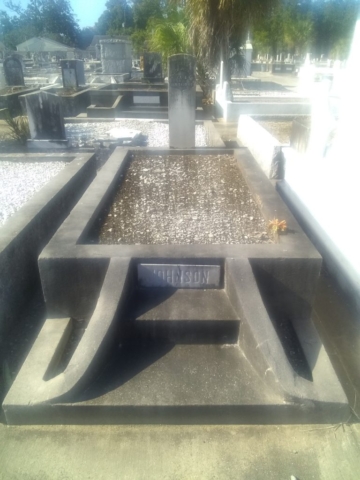
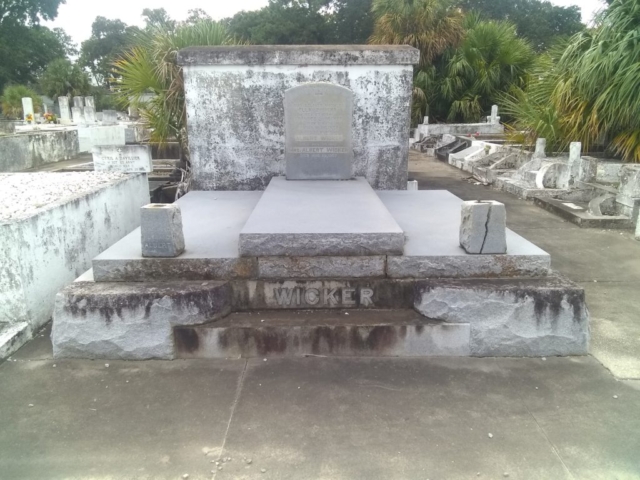
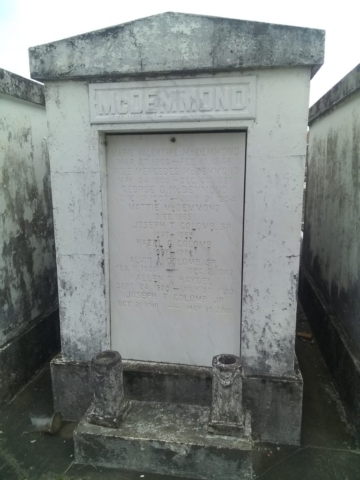
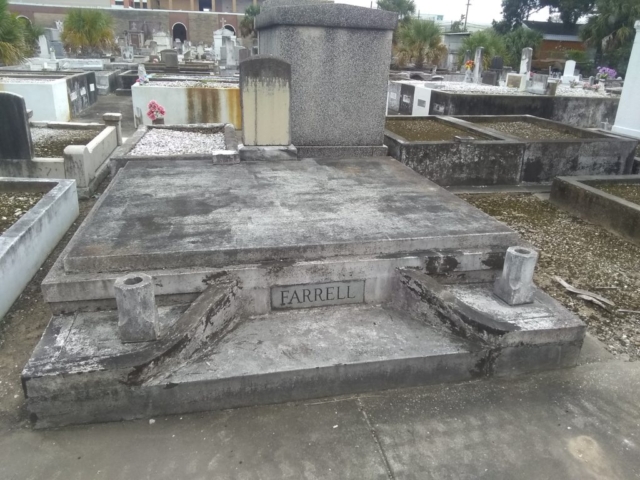
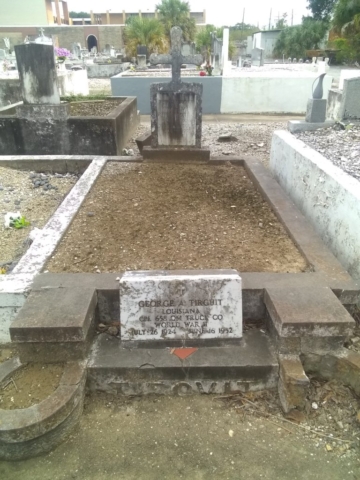
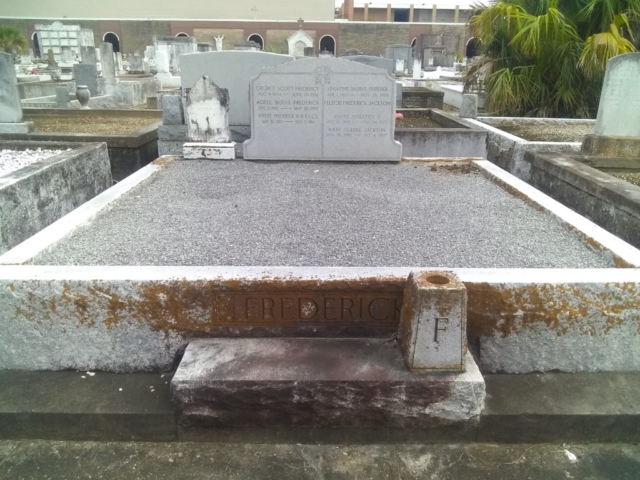
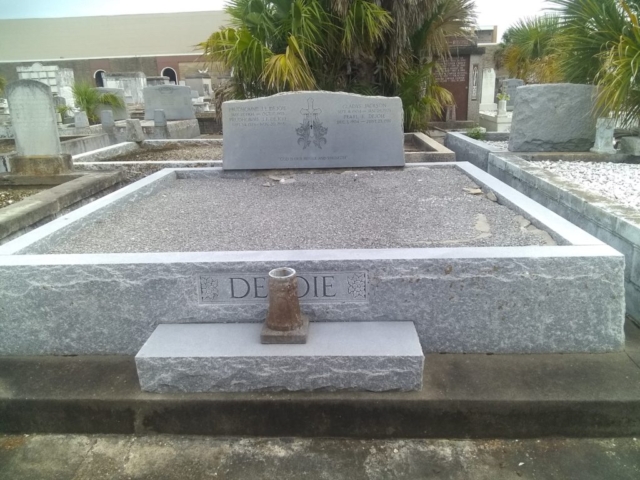
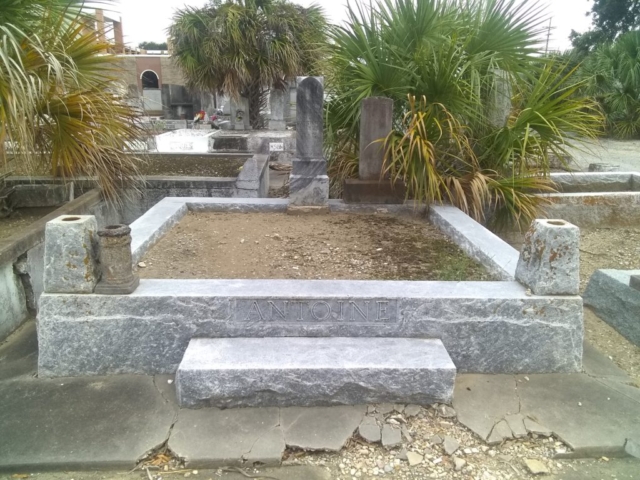
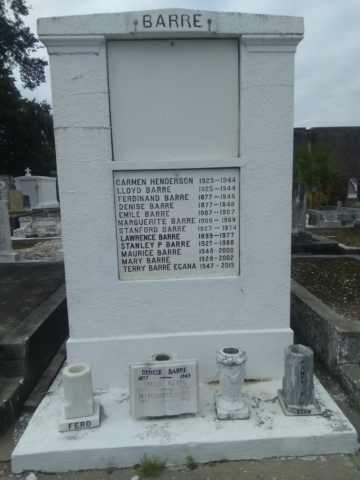
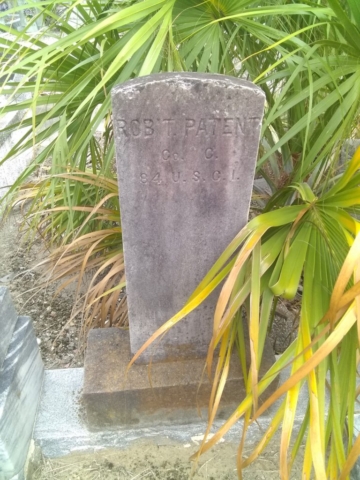
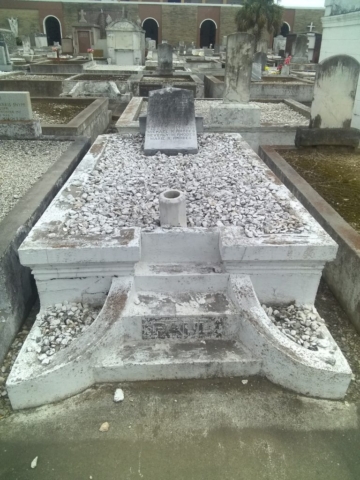
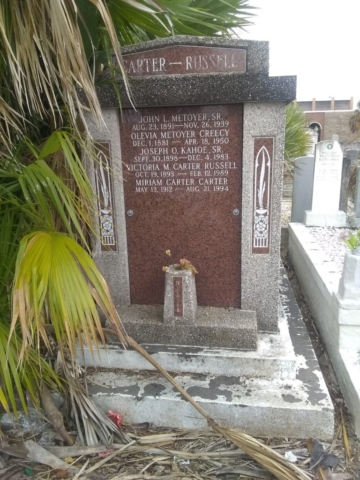
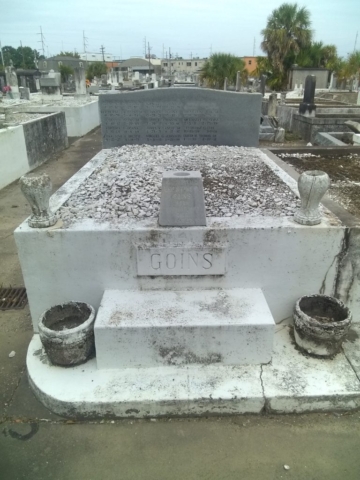
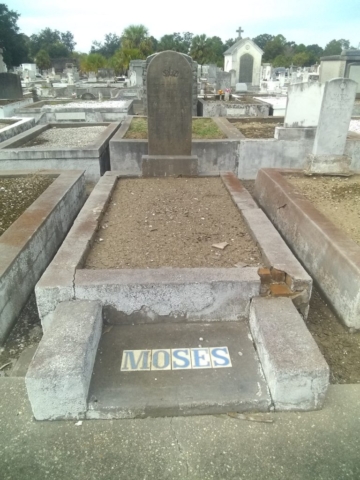
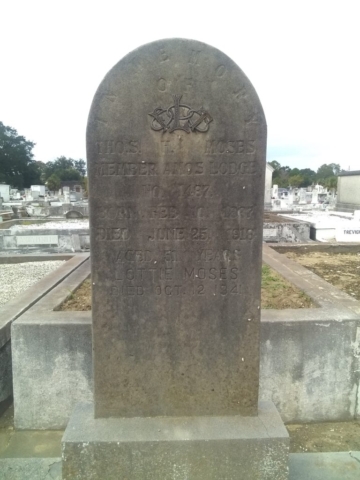
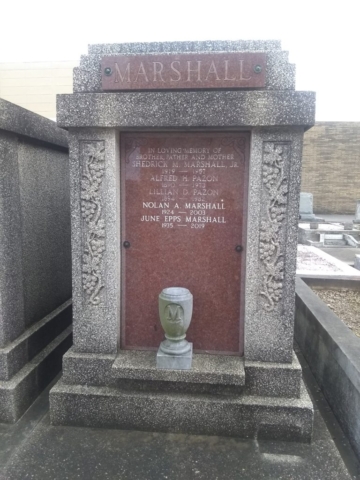
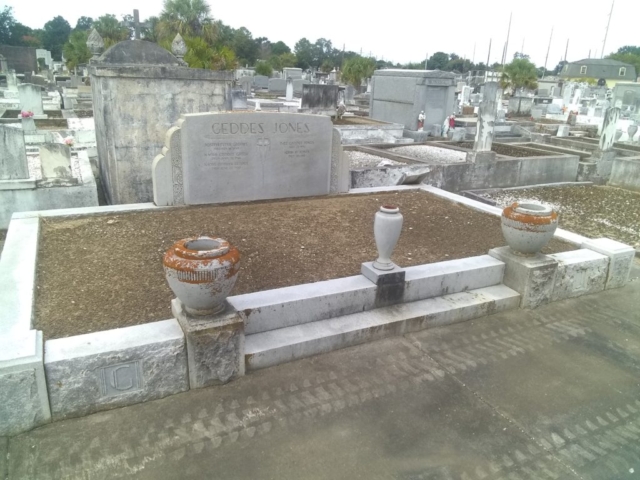
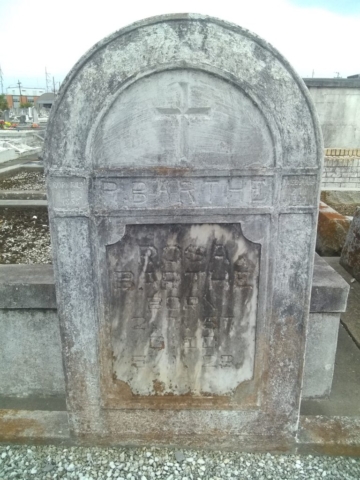
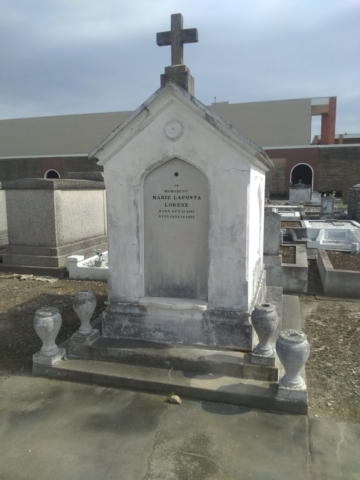
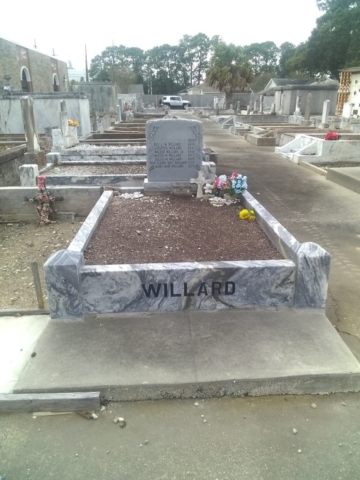
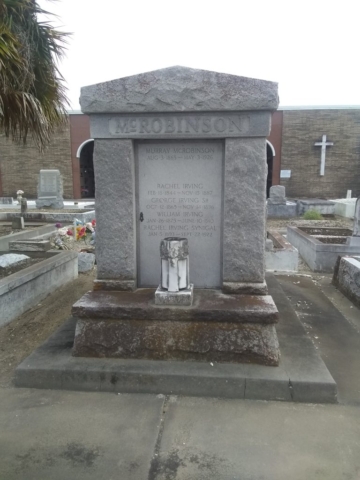
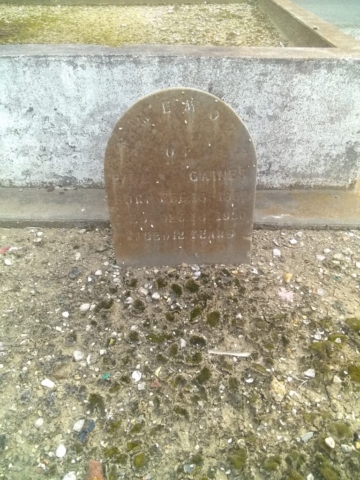
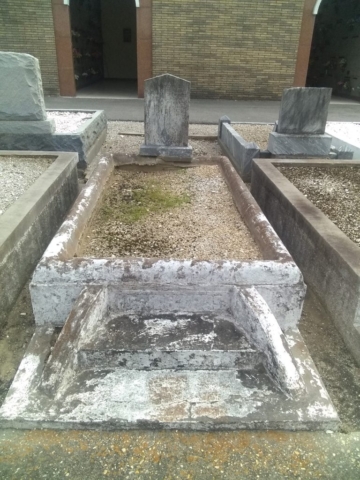
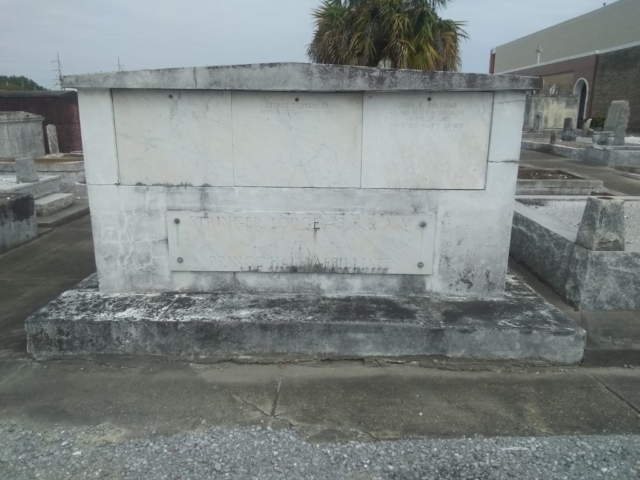
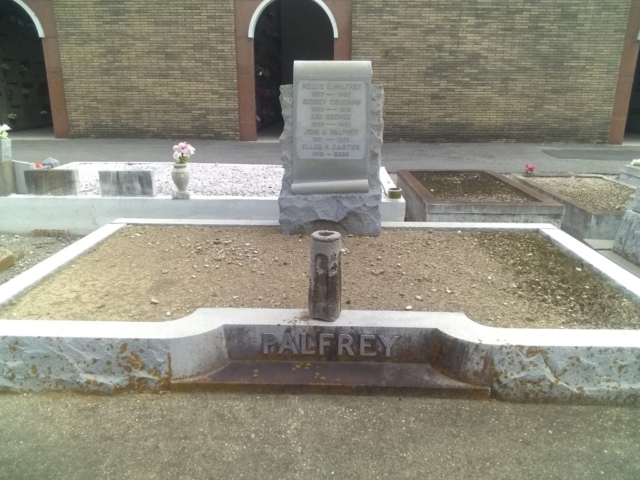
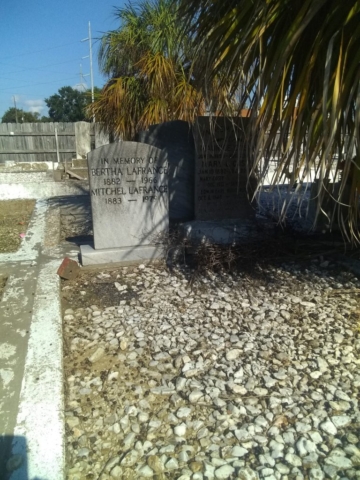
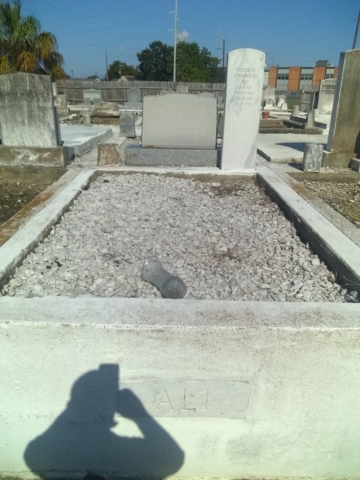
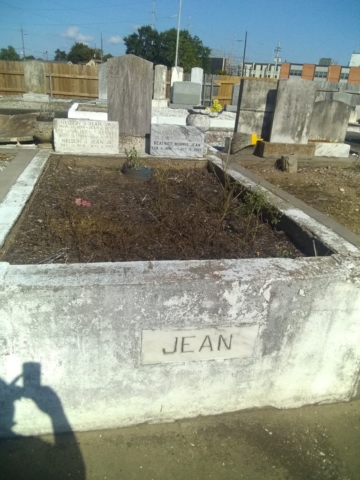
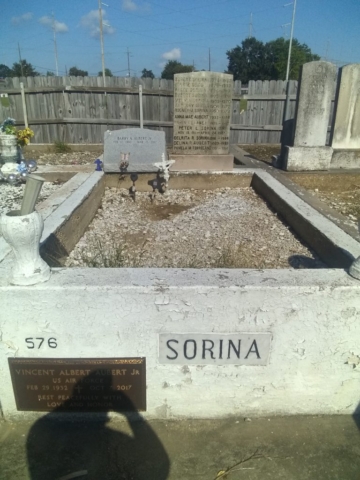
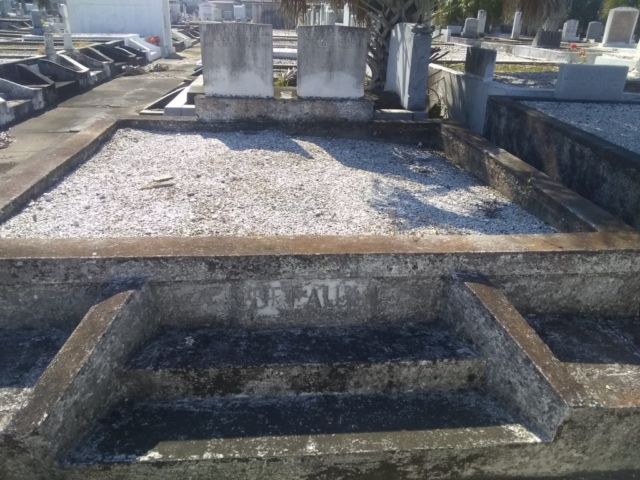
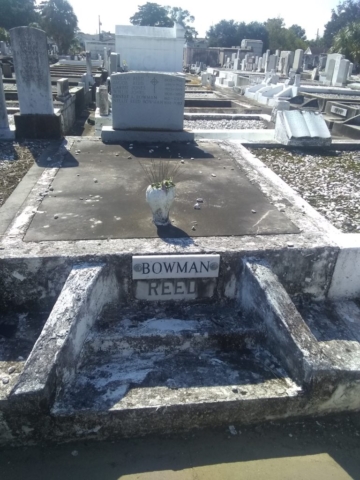
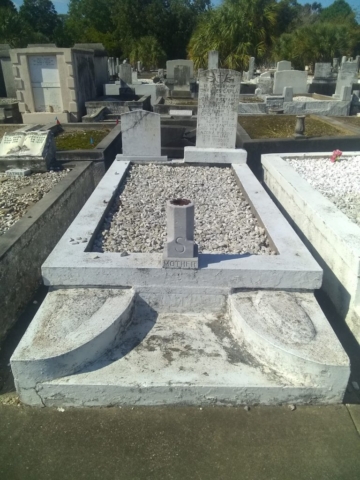
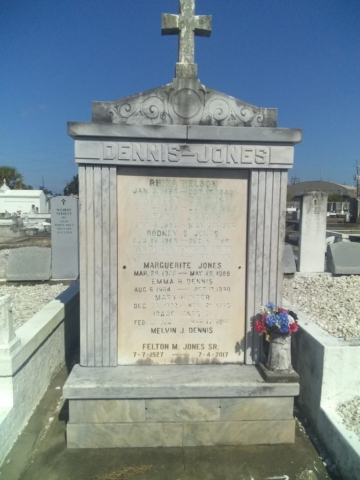
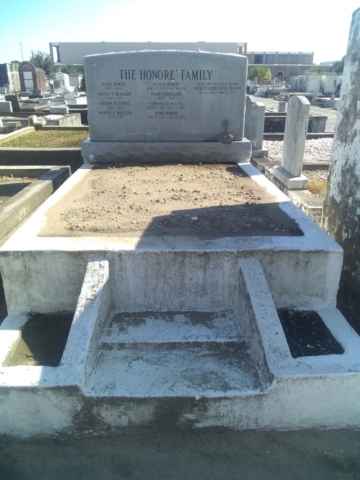
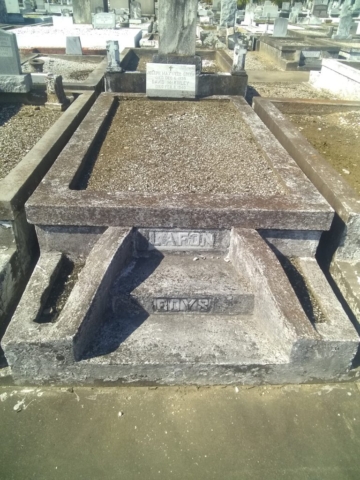
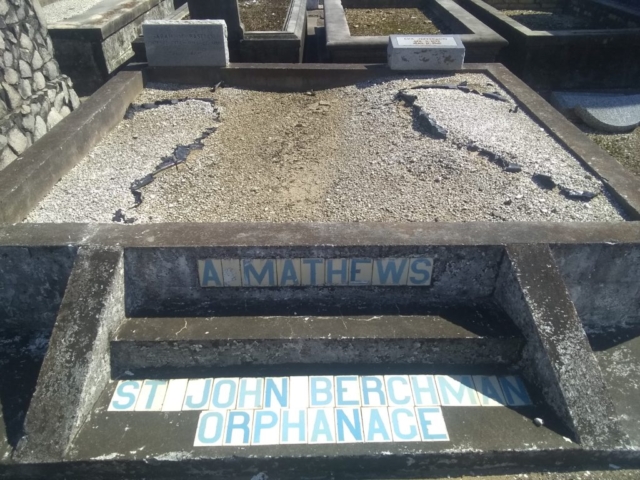
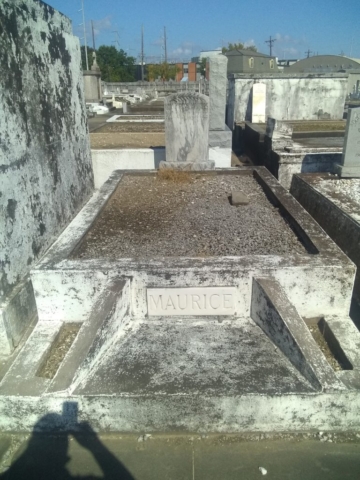
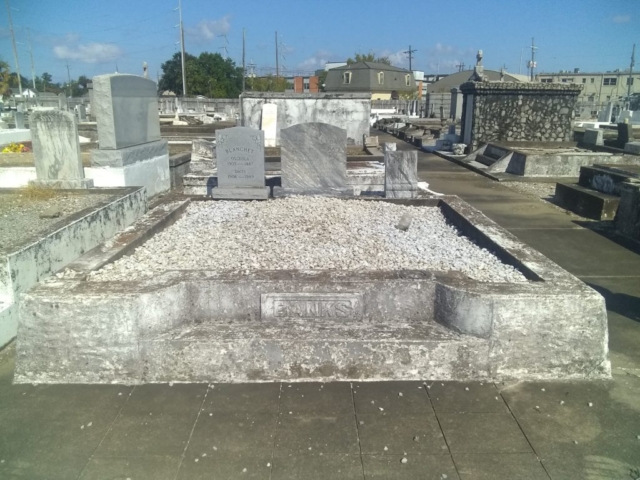
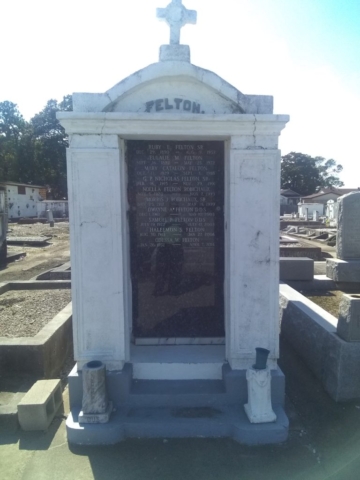
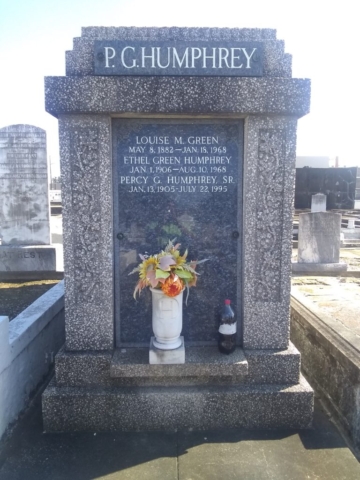
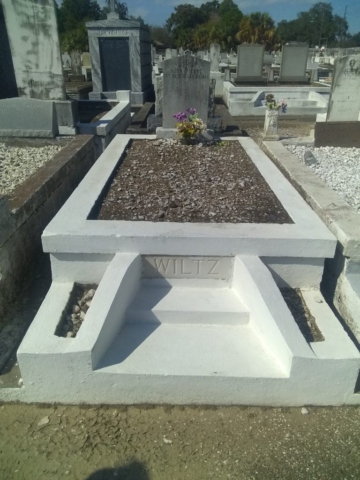
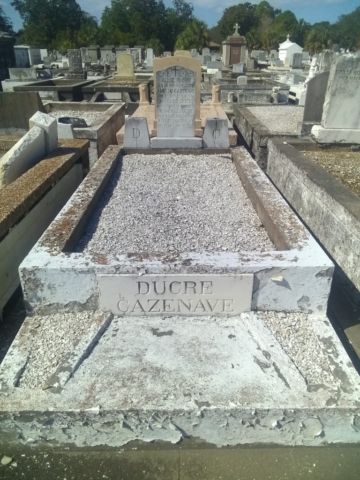
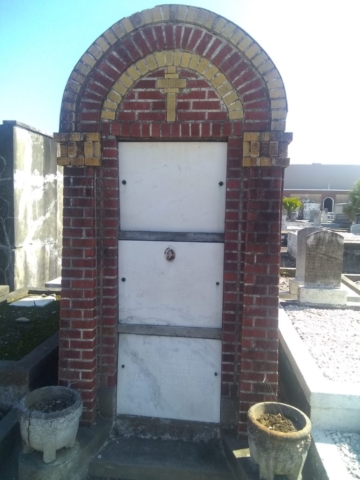
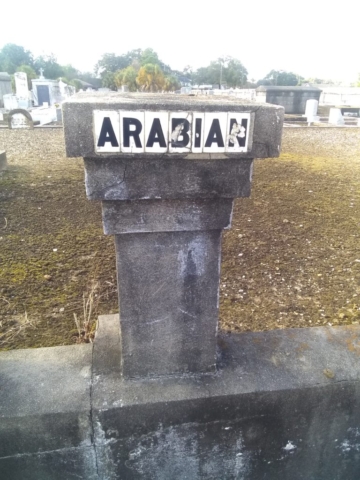
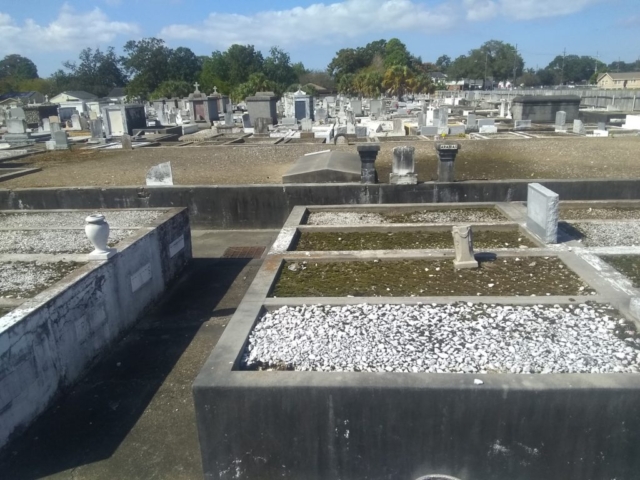
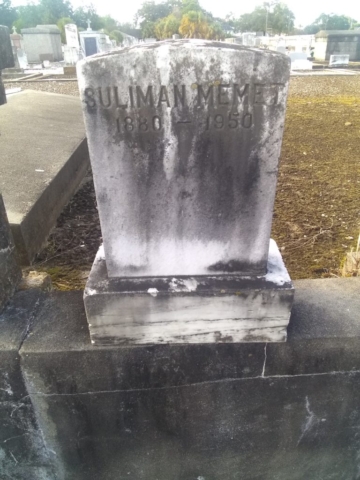
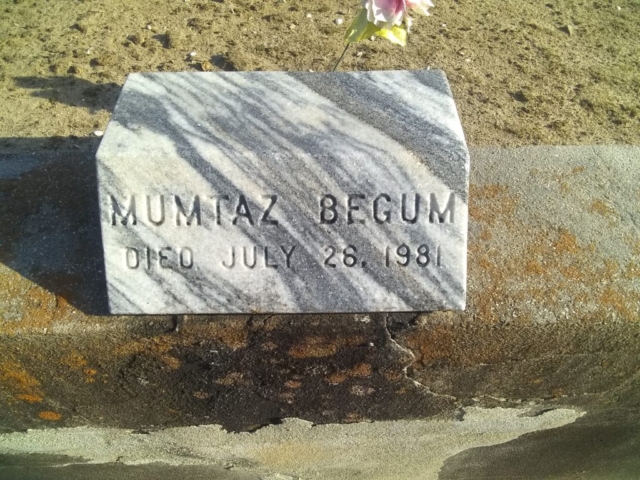
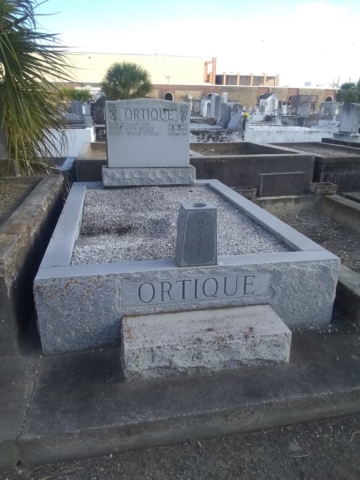
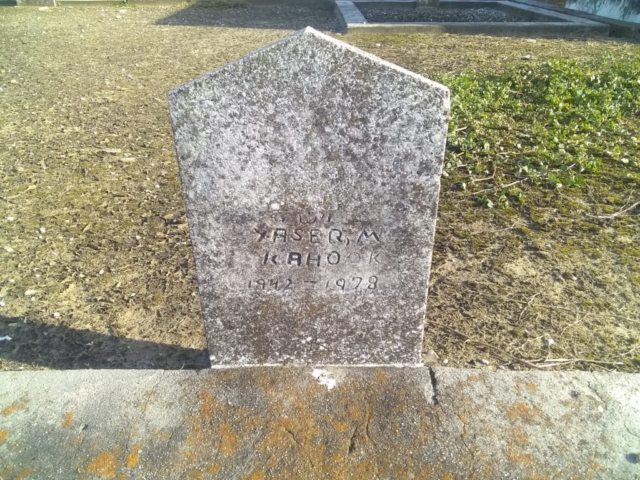
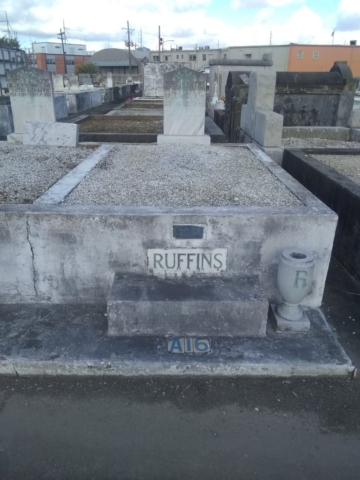
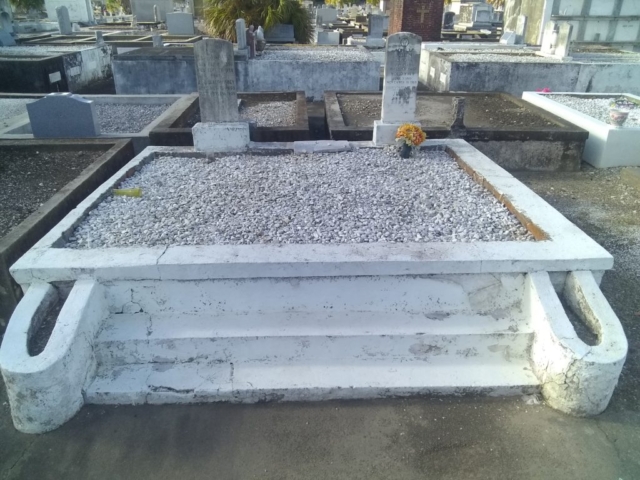
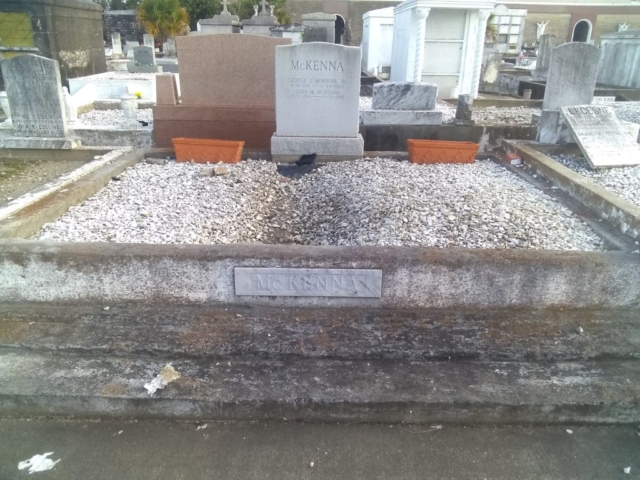
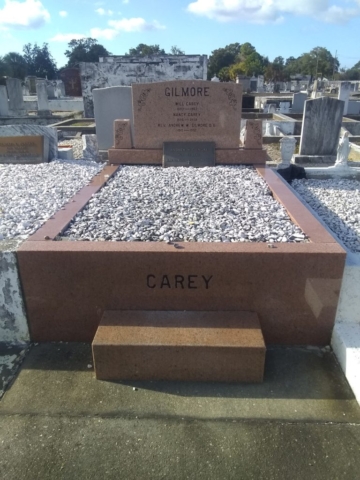
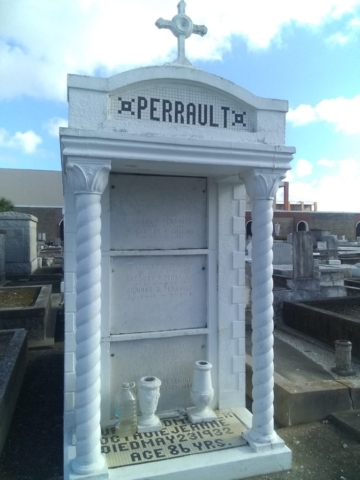
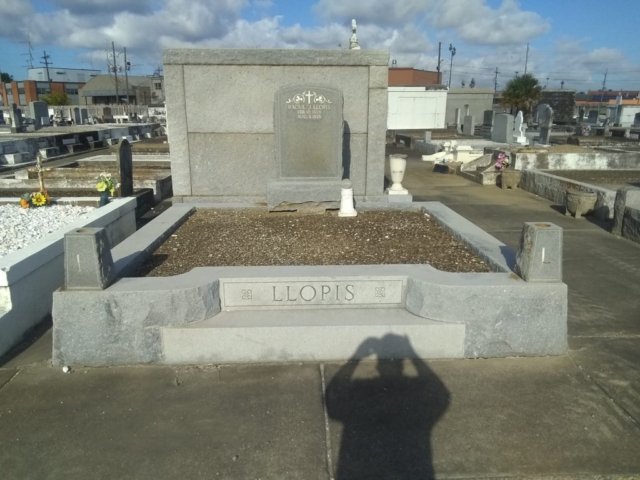
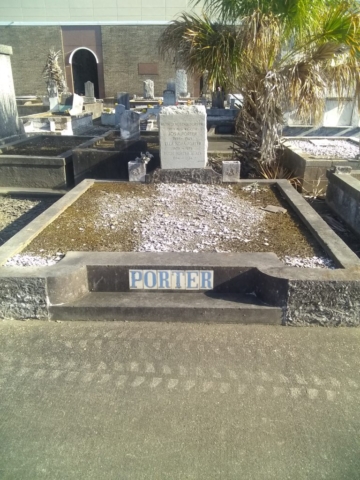
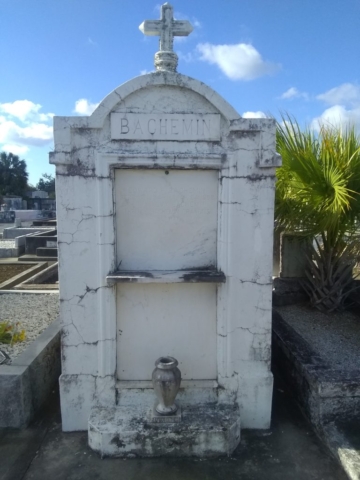
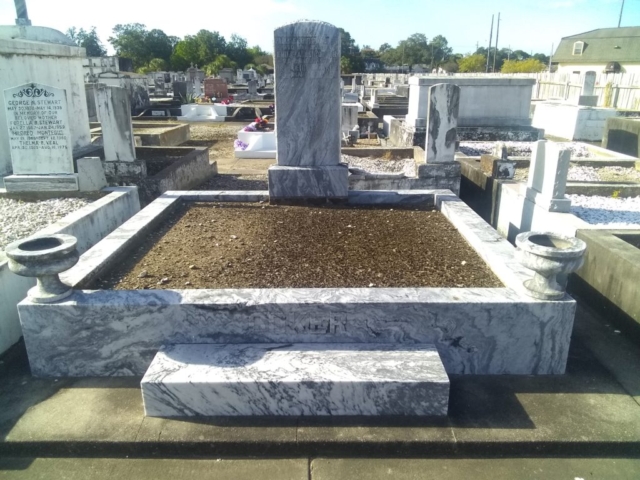
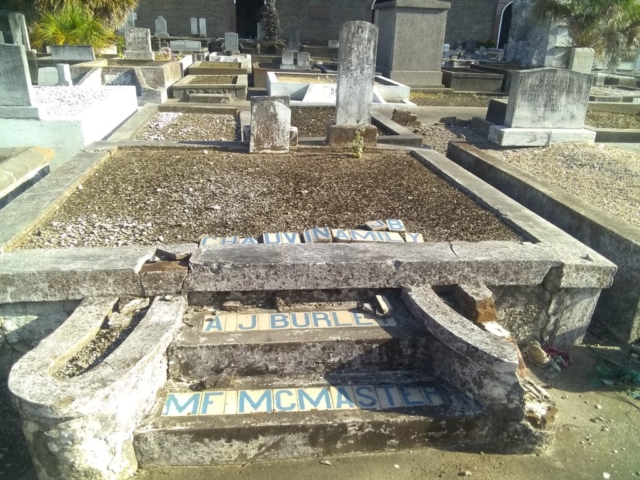
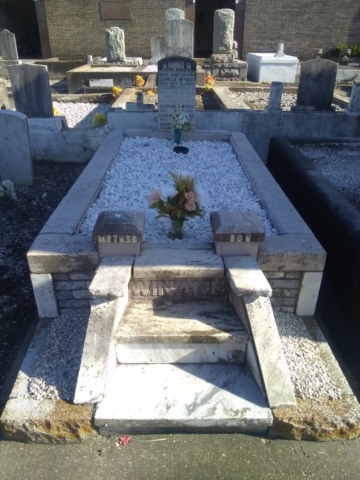
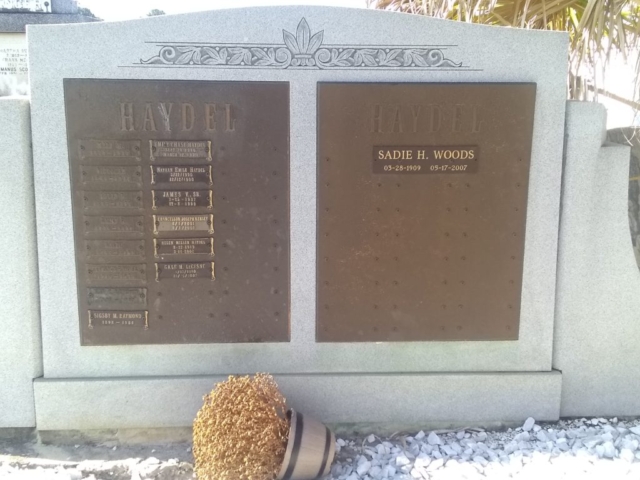
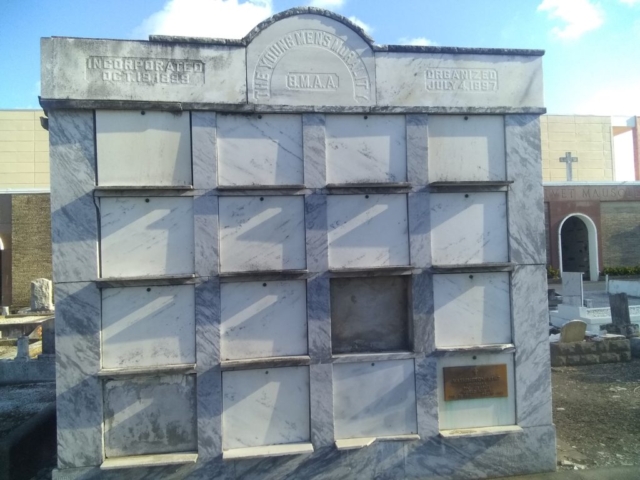
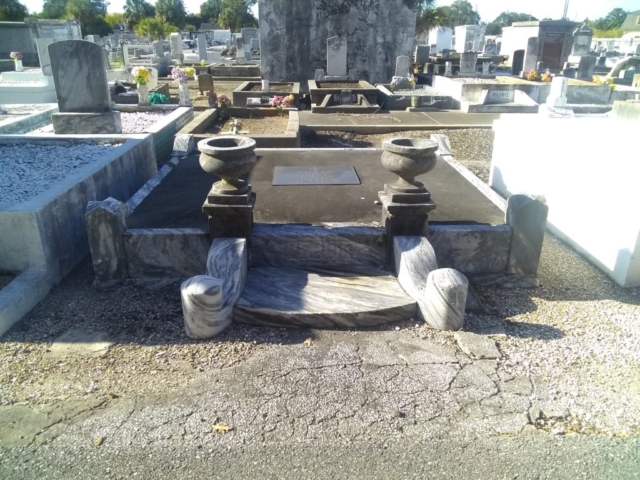
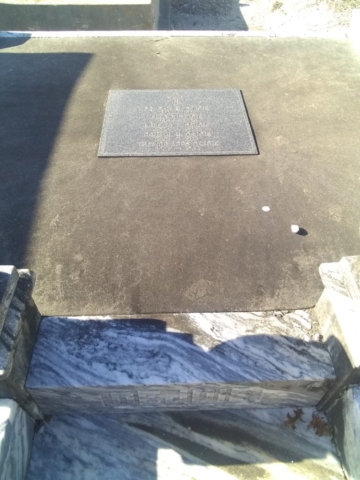
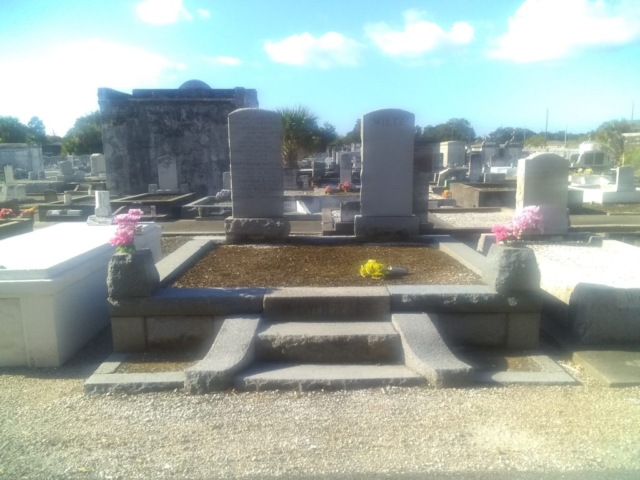
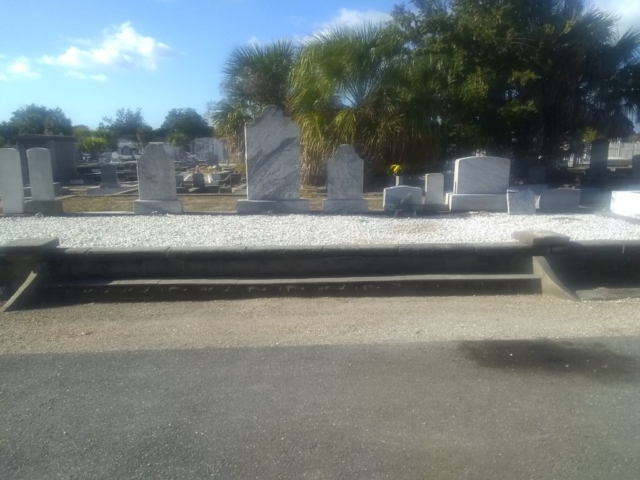
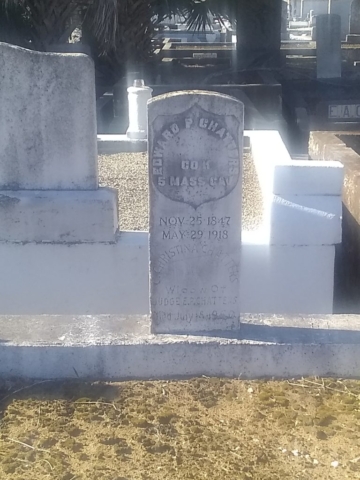
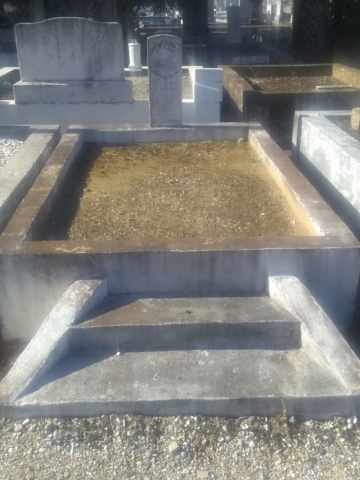
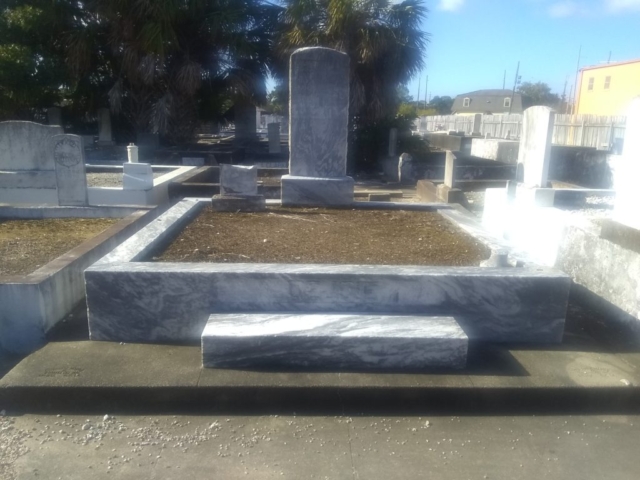
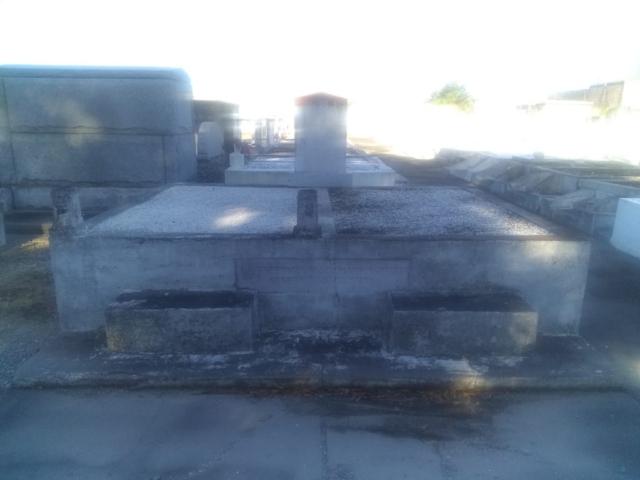
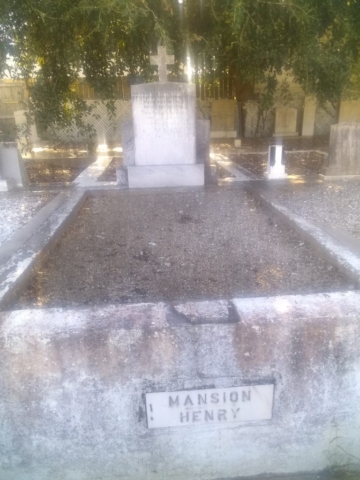
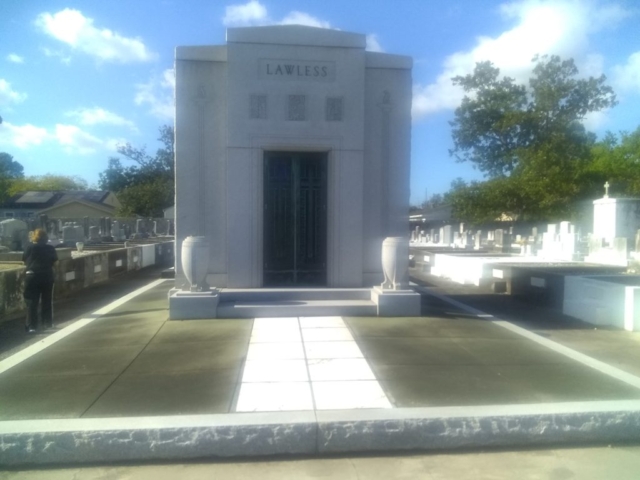
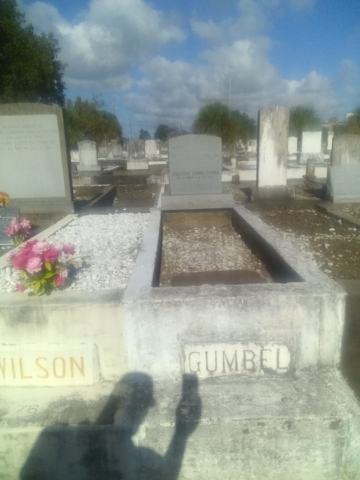
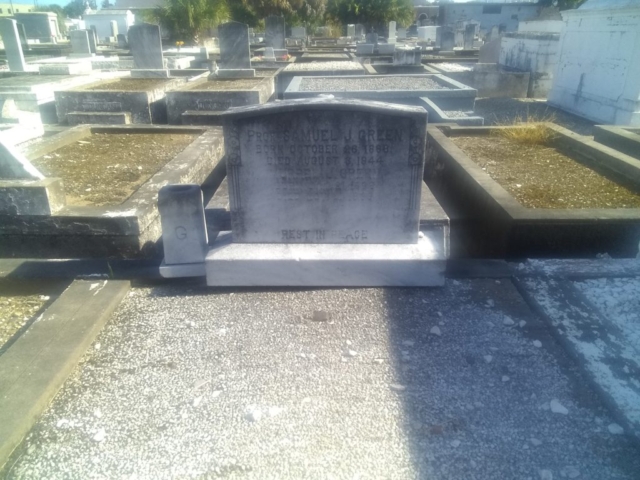
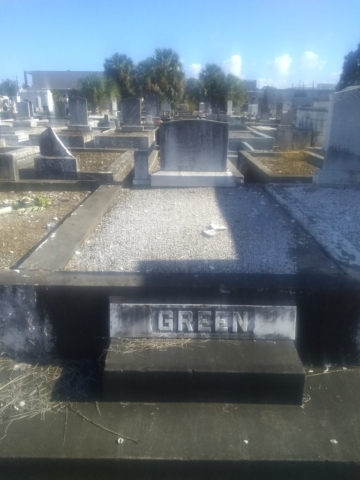
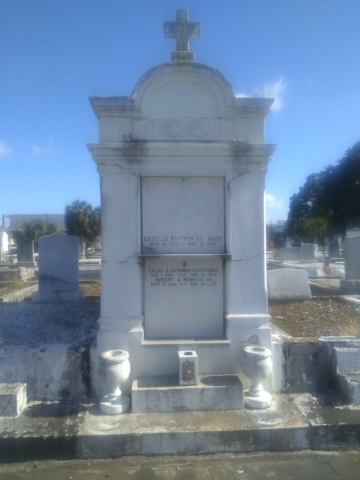
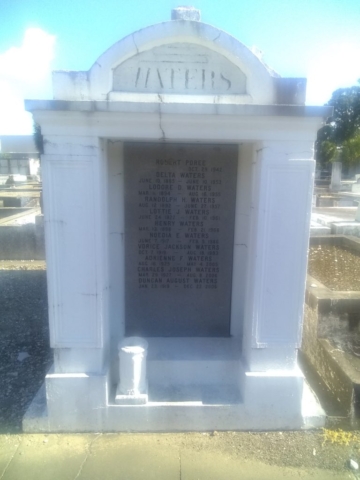
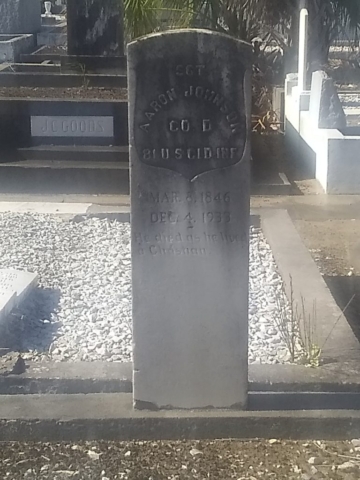
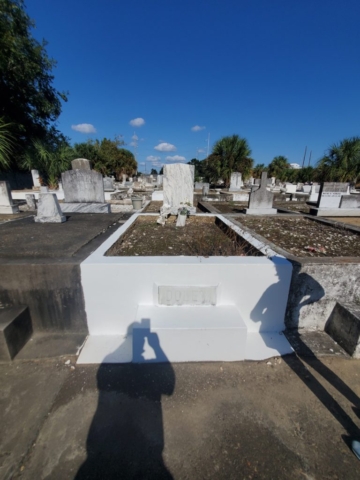
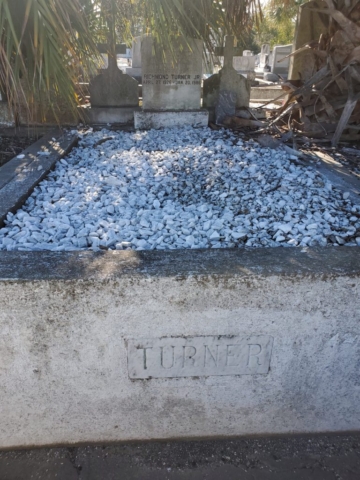
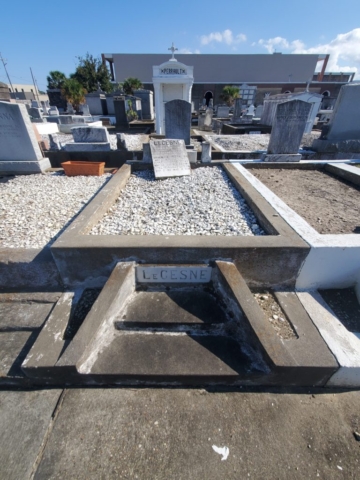
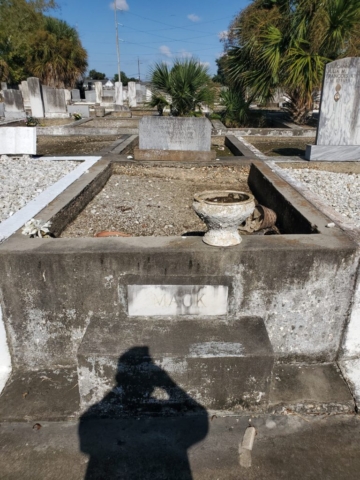
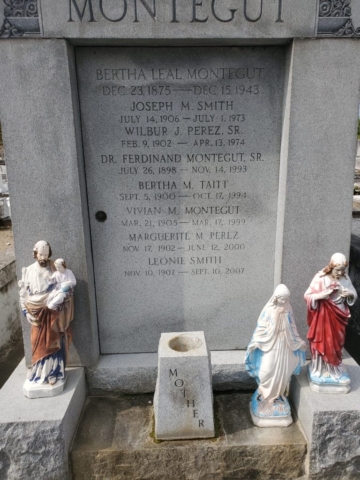
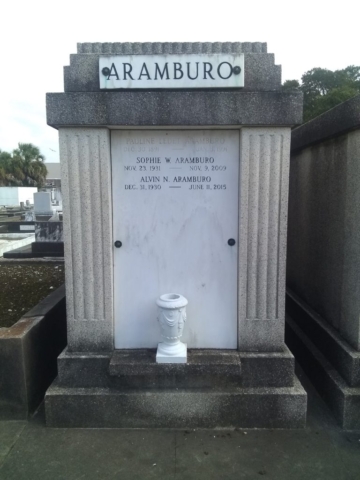
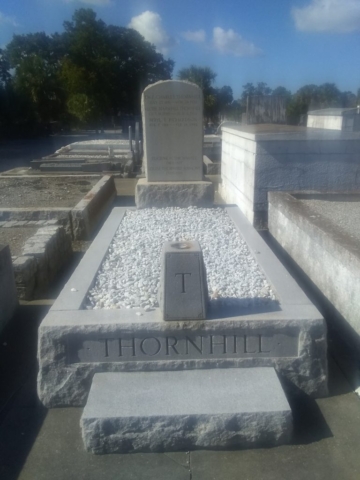
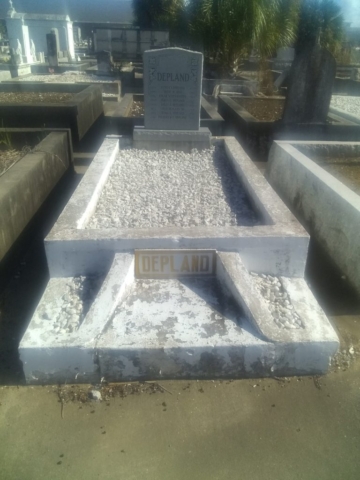
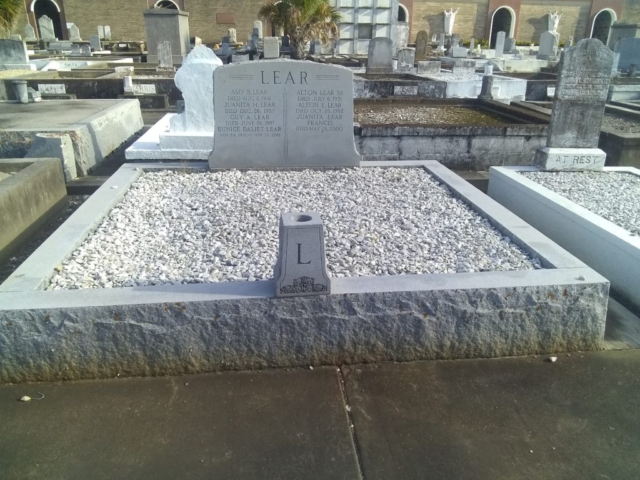
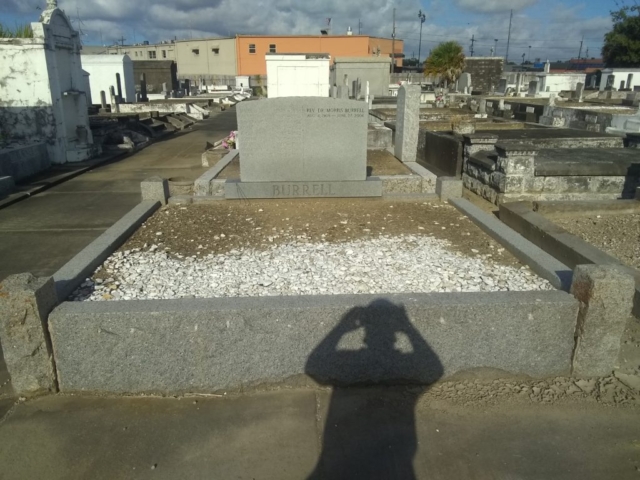
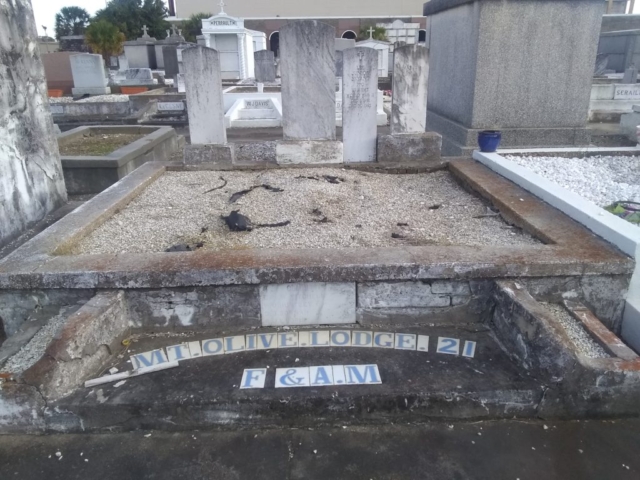
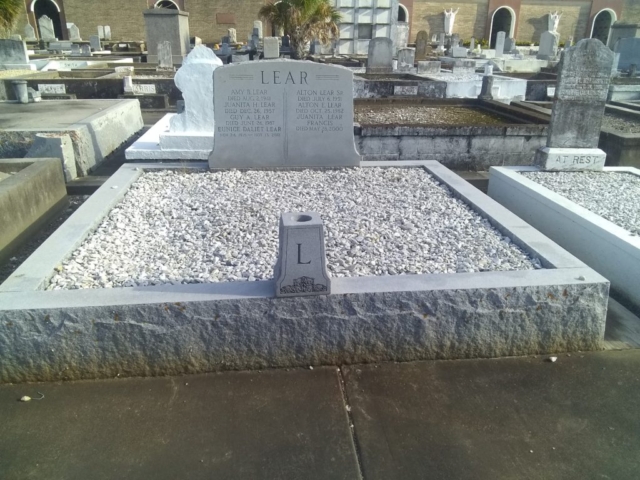
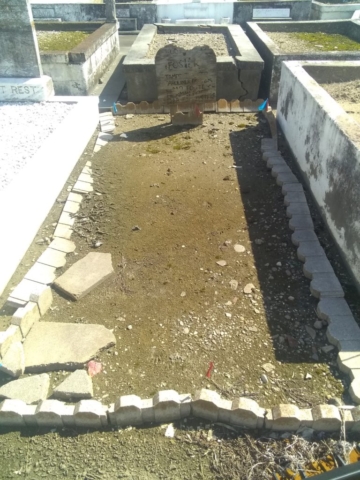
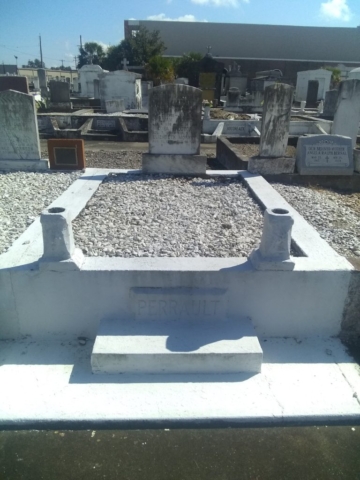
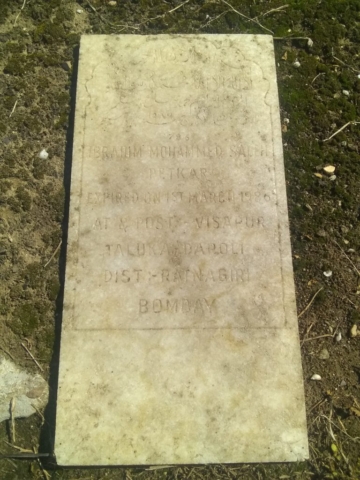
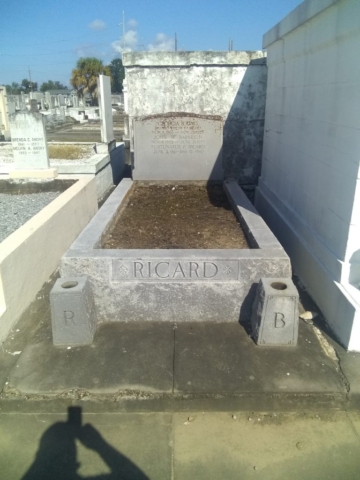



This is where my maternal side family is buried. One of the first places I visit when I come to New Orleans.
The Winand plot is one of the pictures included in this post.
I must have missed that picture. I have the pictures I took on my family tree. But would love to see the other.
I found that picture. Thank you. This is good historical information to put the cemetery in perspective
Oh thanks. I was going to send you one that I took.
Thank you, this is awesome. The grave site of my great uncle, Dr. Ferdinand J. Montegut, Sr. and the Perez family, etc. is included. Is it possible to purchase a copy for my family tree?
I live in Virginia, am elderly and I don’t travel much anymore (even pre-pandemic).
I would appreciate your reply.
Take care,
Barbara Hicks
I have many family members buried there. My great-Aunt Florence Earl Johnson worked for the Stewart family. The Stewart family gifted my Earl family with this gravesite.
I have plenty family buried there. My great-Aunt Florence Earl Johnson worked for the Stewart family. The Stewart family gifted my Earl family with this gravesite.
What a pleasure seeing so many names I know. Thanks, Jari and Lolita.
My paternal grandmother, Gertrude Coste White is buried there. Plus many other relatives.
Paternal family members:
My grandmother Anna Lucasta Walker White – 1871-1957
My grandfather Ferdinand James White – 1861-1937
My aunt Desiree Conseula White – 1901-1990
White Family Plot….
There is room for other family members.
I visited the cemetery in 1991.
This is the final resting place for the Morris side of my family: my 2nd great-grandmother, Lorenza Johnson Morris; her son Samuel Andrew Morris and his wife Odelia Labat Morris; her daughter Oneida Morris Brown; and her great-grandson Clarence Wornique Morris, Jr.
Interesting article. My parents are in a vault at Mt. Olivet
Beautiful cemetery
Can you share the names of the three Black Civil War veterans buried at Mt Olivet?
Hi, Leslie!
Noticed your letter because of your surname & wondered if you might be the granddaughter of my great-uncle, Arthur Vigne &!the youngest child of his daughter, Edith Vigne Demourelle?
My maternal grandmother, Marie Vigne was Arthur Vigne’s sister. Her only child, Evelyn Marie Laneuville, a first cousin of Edith Vigne Demourelle.
If you wish to contact me, please do so at my e-mail.
Carol Ann Leal